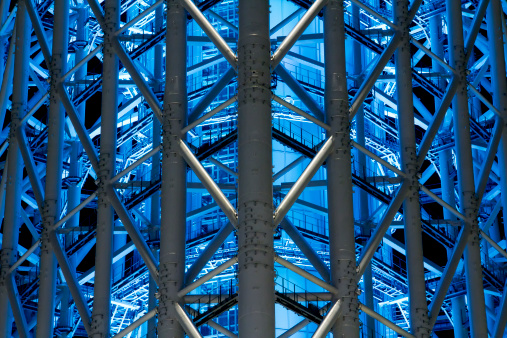What is Cobalt and How is It Used

Cobalt is a metal which has been used for decades in a wide range of applications. It is not present in nature on its own but can be extracted from various ores. It is mostly found in minerals consisting of copper and nickel along with in mixtures of sulphur and arsenic. Cobalt contains radioactive isotopes that are employed in industries and for medicines. It is created as a mining side product of nickel and copper mining. Cobalt is very common in Canada, Australia, Russia, Zambia and the Democratic Republic of the Congo.
Instructions
-
1
Getting started
Cobalt is used in the industry and the army. It is helpful in making extra hard metal alloys, powerful magnets, lovely blue dyes and pigments, rechargeable batteries and can also cure cancer. It is actually a hard, perishable silver gray metal just like iron or nickel in colour. It has an atomic number 27, chemical symbol is Co and the atomic weight is 58.93. On the other hand, the metal melts at 1495 degrees Celsius. The element was isolated and given the current name by the Swedish chemist Georg Brandt in 1735. Interestingly, the US government stores 1200 tons of cobalt metal in a reserve in the scenario that foreign import is cut off. -
2
Origination of the element
It is created as a by product from mining copper, nickel, silver, iron and lead ores but is also found in the minerals such as erythrite, smaltite and cobalite. The main sources of cobalt deposits are placed in the Democratic Republic of the Congo, Canada, Morocco, Russia, Zaire and Zambia. However, commercial and industrial production of the metal happens in more than 12 other countries. It is noted than 55000 tons of cobalt is generated every year in the world which is about $1 billion to $3 billion in valuation depending on the market. -
3
Super hard metal alloys and Rechargeable Batteries
The element is mixed with nickel, iron, tungsten and other metals to produce super alloys that make jet turbine blades for airplanes and warplanes, precision stamping dies, wear resistant cutting pieces for tools, fake knee and hip joints and in other things where resistance is a must. It is also used in alloys made into super strong magnets named Alnico magnets. Moreover, it is also an component in the electrodes used in the lithium ion, nickel cadmium and nickel metal hydride rechargeable batteries that power electronic items.







